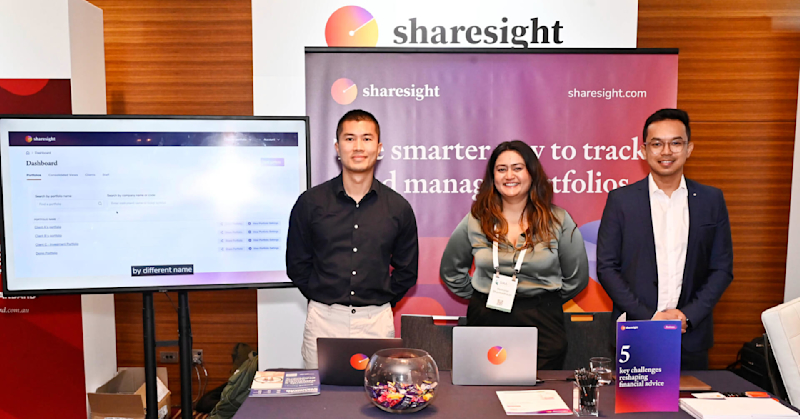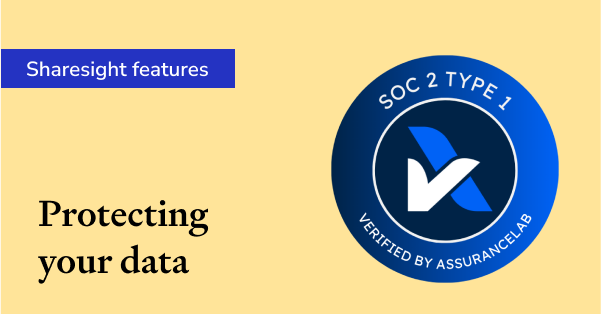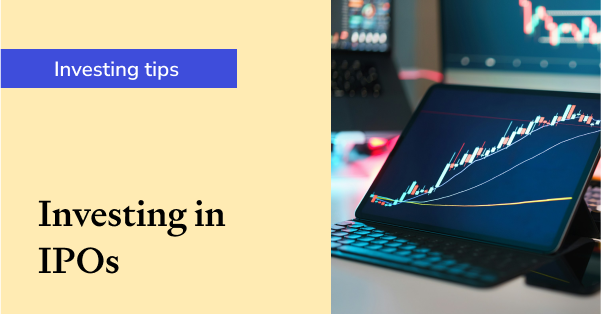Say yes to investment diversity Australia
Australian investment diversity, a problem.
You’ve heard it plenty of times, Australia’s share market represents less than 2% of the world’s share market capitalisation. Yet according to data from the Financial Services Council of Australia[1], just 0.6 per cent of self-managed super assets are invested in overseas shares, compared to 26.7 per cent of industry super funds, causing them to be over-exposed to the Australian stock market and property.
According to the 2017 Australian Investor report by Deloitte[2] commissioned by the ASX, 75% of Australian investors hold only domestic equities and only 11% have exposure to international shares (which includes indirect ownership through local ETFs and managed funds). This report gave no clear number on the amount of investors that have direct exposure to overseas exchanges. Taking an educated punt, my guess is that less than 3% of investors have direct holdings on offshore exchanges. We’re putting all our eggs in a small basket that doesn’t represent the world we live in.
This means that the majority of Australian investors are limiting how and where their money can work for them. Not only are we limiting the opportunity to grow our wealth, but we’re running unnecessary risks within our portfolio.
Do not fear, change is near
Recently, issues regarding the composition of Australian portfolios have been simmering in the media. Well known investment writers have joined the choir and we’ve seen the growth of fund managers (Magellan and Platinum in particular) who focused on giving Australians broad access to global markets.

Unfortunately, for self-directed investors who manage their money with less cost, more transparency and specific exposure (i.e. not broad AUD based ETFs or funds), investing overseas has historically been complex and costly. The ability of Australian investors to diversify globally has been hindered by major barriers to entry, including slow execution, paper based applications, long processing times and tax reporting burdens (for example, the infamous W8-BEN forms).
Luckily, this is no longer the case. It’s now actually cheaper and simpler to get invested in the US markets than it is to trade ASX listed stocks. Fact.
Why have I chose the US? Let’s put it this way: of all the advisors and platforms I’ve spoken to, when a client invests overseas, 85-90% of all direct international exposure is going to the USA. Having a fully international offering is an additional expense and the offering diminishes significantly outside of the US, as the utility drops sharply. That’s why at Stake, we’ve focused on the one thing Australian investors really need: simple and affordable access to the US share markets.
While Australia is heavily weighted towards the banks, miners and retail stores, the US market makes up 36% of the world’s stock market capitalisation and has a stronger market bias towards tech, health, financials and online retail."
For those who want a bit more of a reason to jump on the international band-wagon, I’ve set out four additional reasons why investors should entertain getting US exposure.
1. Returns
Staying local and not looking global has really hurt Australian investors, and we’ve seen the outcome of this with below average returns for our index when compared to the markets such as the US.
Over the past five years, the annual returns in the US stock market (as provided by MSCI[3]) stand at an annual return of +12.27%, compared to Australia, which returned -0.20%. That’s an awesome loss of 0.2% yearly. The reasons for this are varied, but one major factor is America's weighting towards global tech companies versus Australia being overweight towards banks, mines and large corporates.
We’re surrounded by global companies changing the Australian landscape, from Netflix killing the DVD, to Amazon threatening our supermarkets and retailers. Yet many investors are still pushed to invest on the ASX, the very companies threatened by these global powerhouses. Shouldn’t Australians be able to back the right horse?
2. Opportunity to diversify
The opportunity to truly diversify your portfolio is limited locally. Access to a more diverse offering of companies, sectors and themes means you can choose from a broader and more pertinent range of opportunities. Why would you limit yourself? While Australia is heavily weighted towards the banks, miners and retail stores, the US market makes up 36% of the world’s stock market capitalisation and has a stronger market bias towards tech, health, financials and online retail.
Not only can you invest in the world’s largest companies including Amazon, Apple, Google and Microsoft, you could also be trading in international giants, like Alibaba, Atlassian, Lululemon and Ferrari, all of whom are listed on the US market. Not to mention the new age stocks like Shopify, Square and nVidia which are all up over 100% in the past 12 months.

To add some icing to the opportunity cake, there are also approximately 2000 Exchange Traded Funds (ETFs) listed on the US share market, which is nearly as many stocks as there are listed on the ASX (2400). The ASX has around 100 ETPS (Exchange-traded products).[4]
These US based ETFs gives you exposure to various asset classes, ideas and themes, so you can find something that works with any investment hypothesis. Whether it's getting exposure to the short side of the market more simply than ever before, trading oil or soft commodities, or simply getting your money into government bonds, you’ll find something that fits on the US share markets.
3. It’s cheaper to trade globally than locally
Look at it this way, would you chose a holiday where you had to drive 15 hours to stay in a motel in a two horse town when for way less money, you could fly overseas (first class) to a 5 star resort? Probably not. However, that’s what many Australians are doing when it comes to investing.
Investing overseas has for too long been falsely perceived as more expensive than investing locally. Execution costs in the USA are close to zero due to its market structure. Remember, some brokers and platforms still charge up to 1% to trade internationally -- but that is changing. If it isn’t, it might be time to look at changing your broker!
The FX cost of converting your cash into USD to trade is also similarly competitive, thanks to the services of OFX, Transferwise and World First.
On the flipside, Aussie brokers charge up to $29.99 for a one off trade on the ASX to invest in various shares, including Coles, Woolies, ANZ, NAB and BHP. Through newer tech forward platforms in Australia, you can trade or invest in the likes of Amazon, Apple, Google, Nike and Tesla for close to nothing. At Stake, our brokerage to trade is zero (see how we do it) as we just pass on what it really costs to execute in the US to Aussie investors.
4. Next generation growth
The world is moving at the speed of light. Literally. As technology impacts our lives more and more, the speed at which it develops is also growing exponentially. There is a next generation of companies on the way that will have similar impacts as Google, Amazon and Tesla (think Square, nVidia and Shopify), but they’re not going to list on the Australian market.
One of Australia’s largest companies, Atlassian, chose to list in the USA rather than here at home. A similar pattern can be seen in Asia, with the likes of Alibaba, Baidu and Weibo looking to list abroad to not only grow their capital base, but also their global footprint. We’ll see more of this happening in coming years, as emerging companies from all over the world choose to list on the the US sharemarket over their home country.
So what’s next?
Deep down, self-directed investors know that they should be investing where the costs are lower and the opportunity greater. Limiting your potential for growth is a cardinal investment sin. 98% of investment opportunities live outside of Australia and accessing them has become far more simple and affordable than ever before. Technology forward platforms, like Stake, offer a place for self-directed investors to diversify their holdings into a world of opportunity.
About the author
Matthew Leibowitz is the founder and CEO of Stake, the shop for shares. Starting out as a lawyer at Allens, Matt made the switch to finance and shot up the ranks at Optiver to senior partner, running the Asian Equities operations, the US Index team and the Institutional Trading desks.
FURTHER READING
- Portfolio diversification: what does it mean to you?
- What is Risk Diversification?
- Top 3 Australian investor trends in 2017
- Asset allocation reporting in Sharesight
[1]State of the Industry 2017 Report, Financial Services Council and UBS Asset Management
[2] [http://www.asx.com.au/documents/resources/2017-asx-investor-study.pdf](http://www.asx.com.au/documents/resources/2017-asx-investor-study.pdf)
[3] [https://www.msci.com/end-of-day-data-country](https://www.msci.com/end-of-day-data-country) as at 17 October 2017
[4] [http://www.asx.com.au/products/etf-and-other-etp.htm](http://www.asx.com.au/products/etf-and-other-etp.htm)

Key takeaways from SIAA 2025: Trends, insights & industry highlights
We summarise the key takeaways from the 2025 SIAA conference in Sydney, covering industry insights, market trends and the future of financial advice.

5 ways Sharesight keeps your data safe
Here at Sharesight, we maintain constant vigilance around cyber security. In this blog, we discuss five ways Sharesight keeps your data safe.

The investor's guide to IPOs: Risks, rewards and strategies
Discover when to invest in IPOs, how to approach them strategically, and how Sharesight helps you track and optimise your performance.